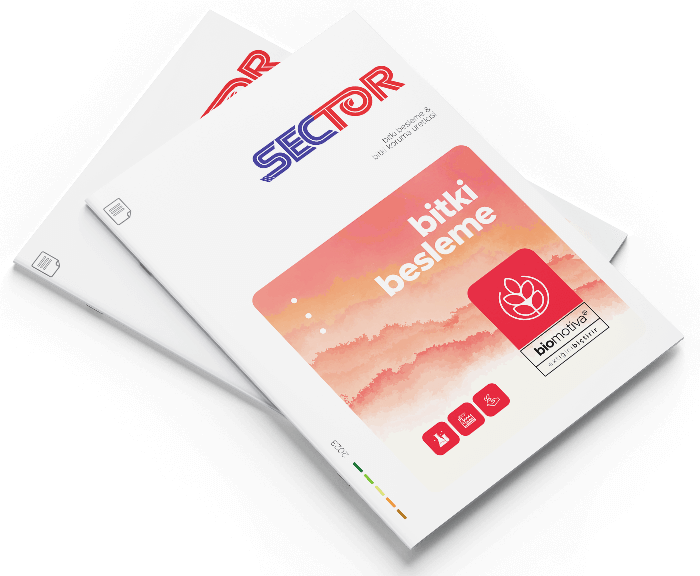Sector Tarım Ailesi olarak, ülkemizin topraklarına ve çiftçilerimize duyduğumuz derin bağlılıkla, tarımsal üretimde maksimum verimliliği sağlama hedefiyle yıllardır çalışıyoruz. Ülkemizin her köşesinde tarımı desteklemekle kalmıyor, global düzeyde de etkili adımlar atarak dünya tarımında öncü bir marka olma misyonumuzu sürdürüyoruz.
Bitki besleme ve bitki koruma alanında sunduğumuz geniş ürün yelpazemizle, uluslararası standartlara uygun olarak üretimlerimizi gerçekleştirmekteyiz. İnsektisit, Akarisit, Fungisit, Herbisit, Bitki Gelişim ve Düzenleyici gibi bitki koruma ürünleri, tarımsal alanlarda zararlılarla etkili bir mücadele sağlarken, toz ve sıvı bitki besleme ürünlerimiz, bitkilerin ihtiyaç duyduğu besin maddelerini en ideal en olması gereken şekliyle müşterilerimizle buluşturmaktayız...
























